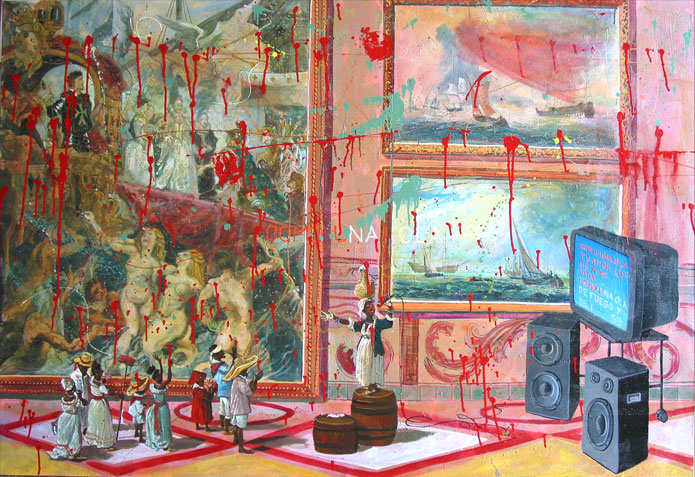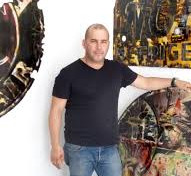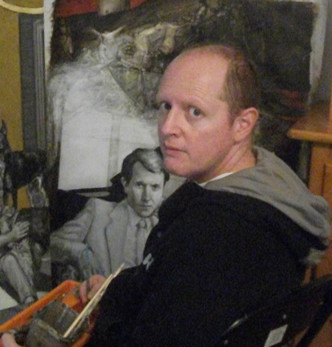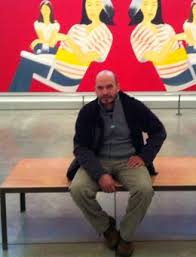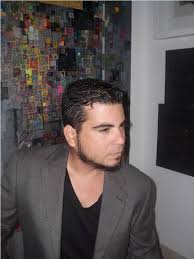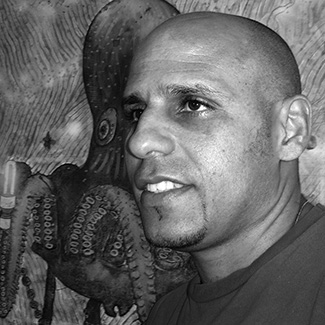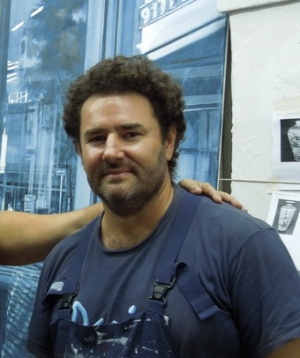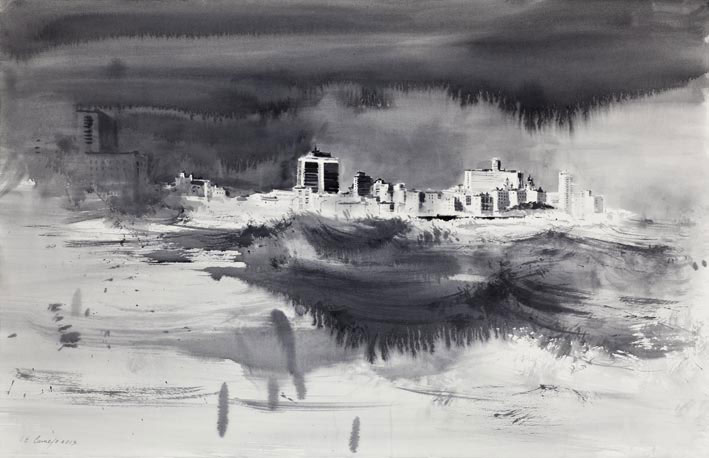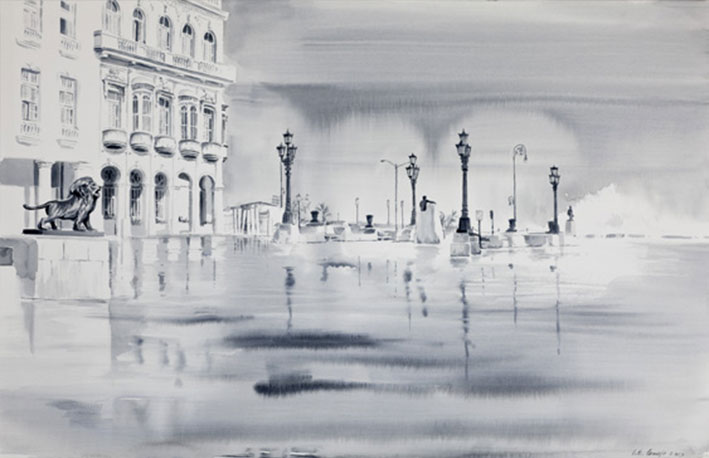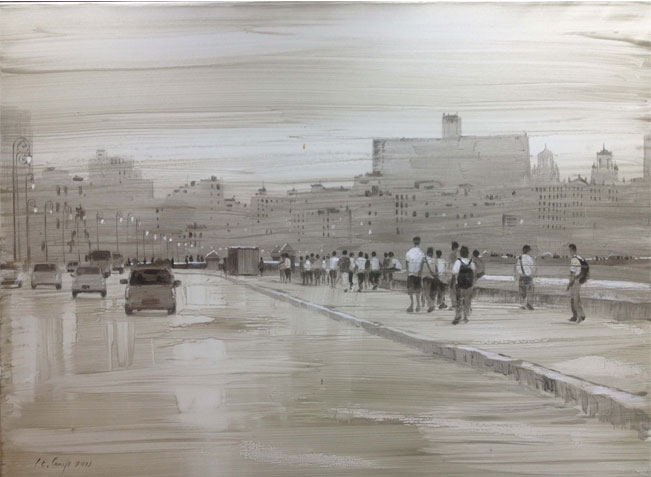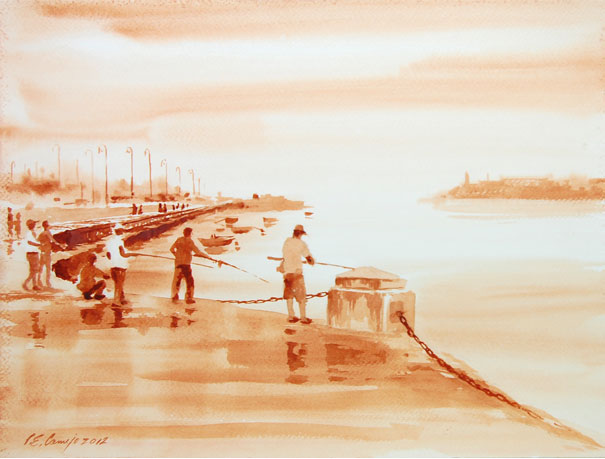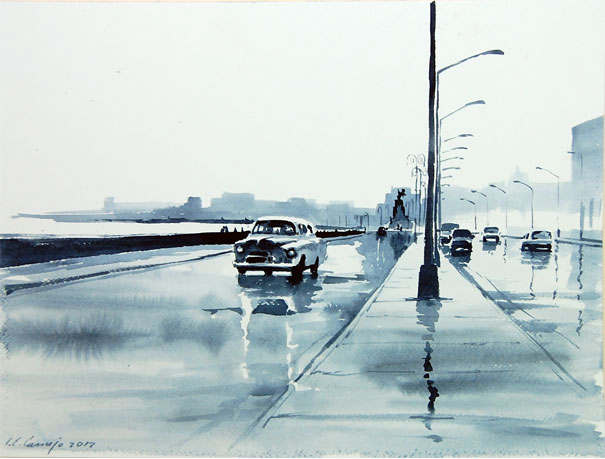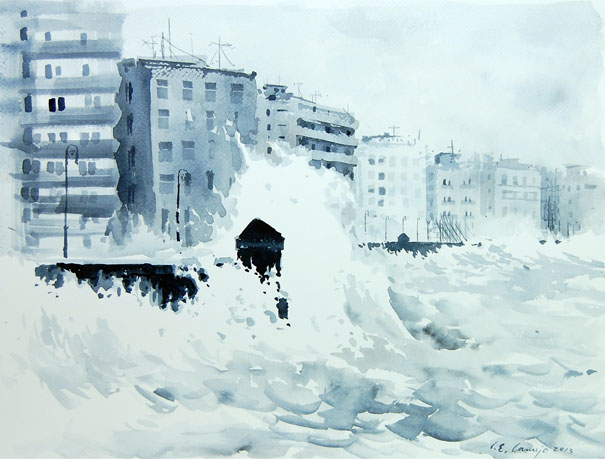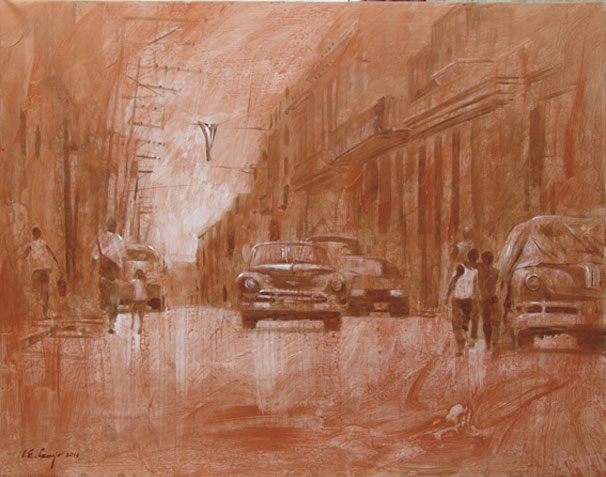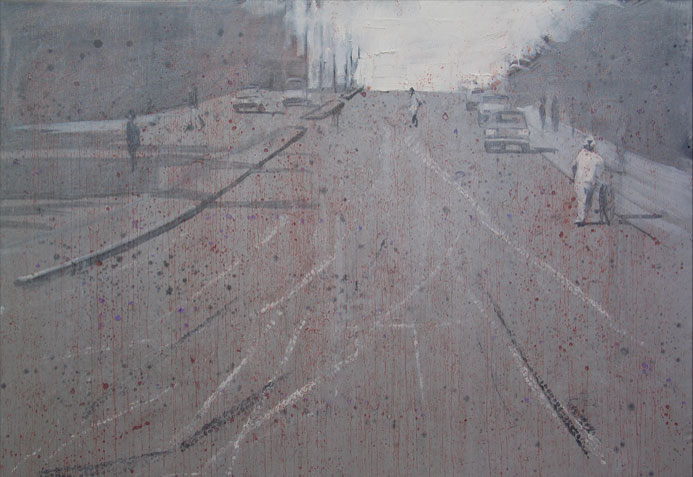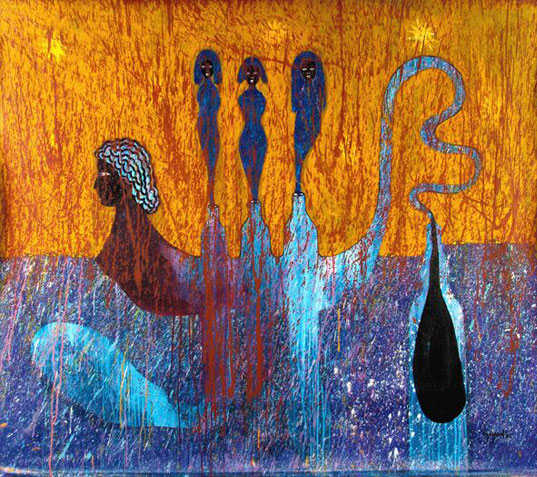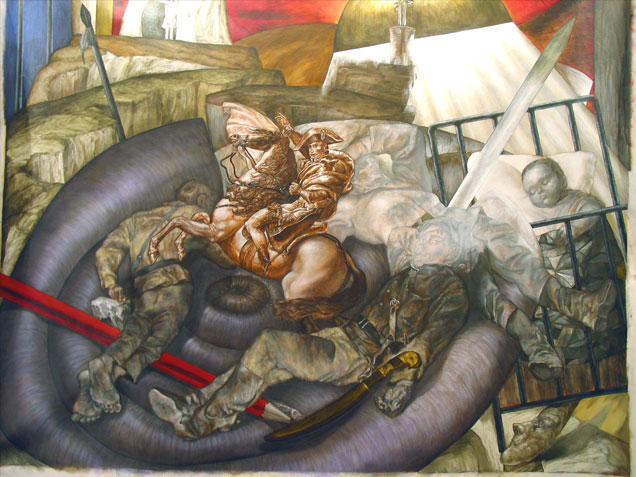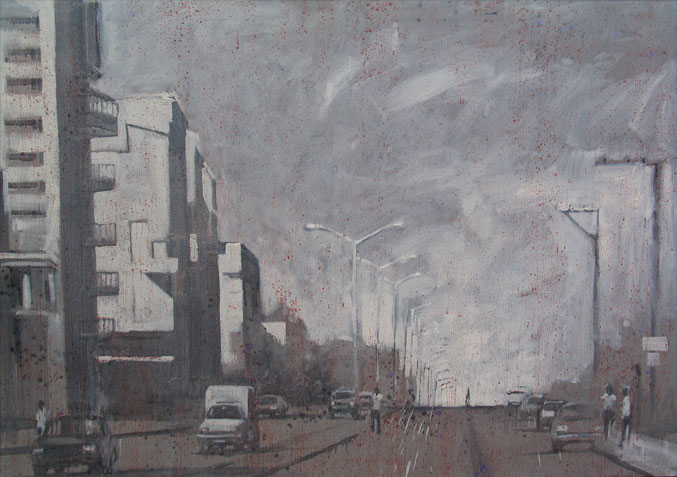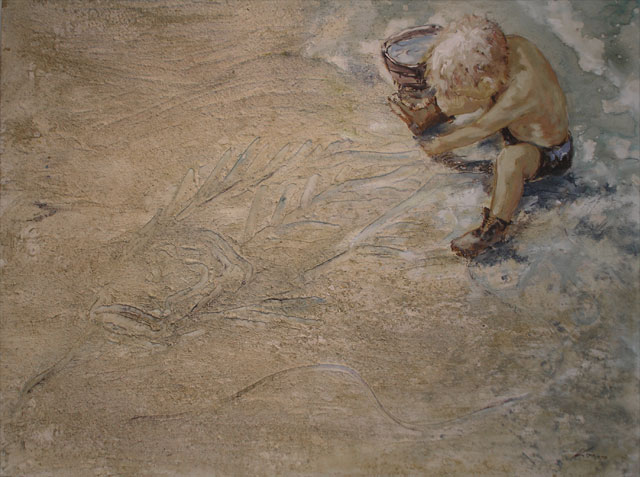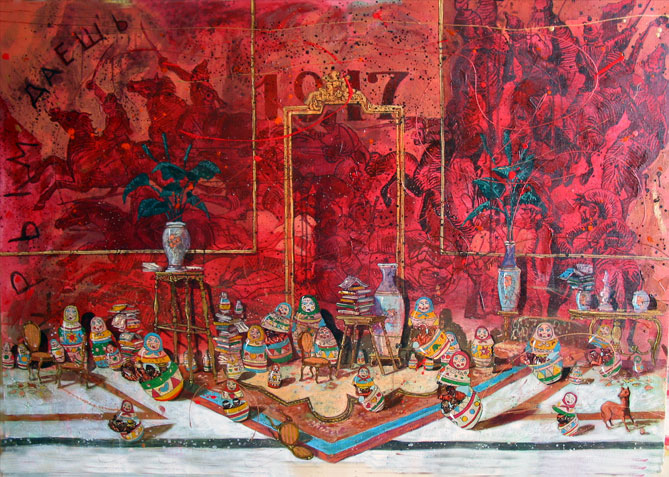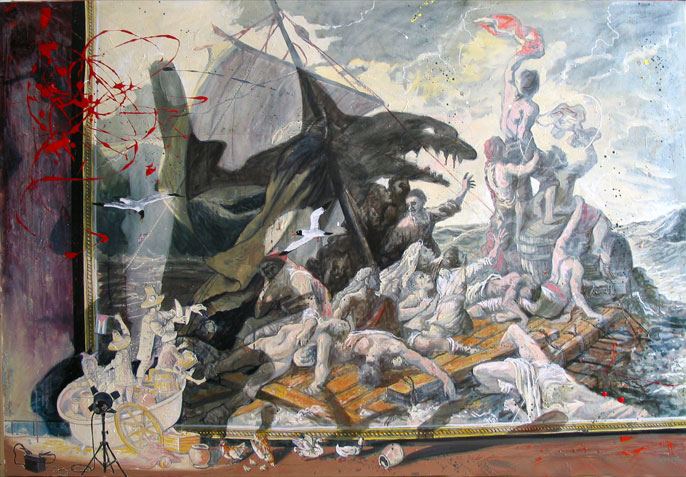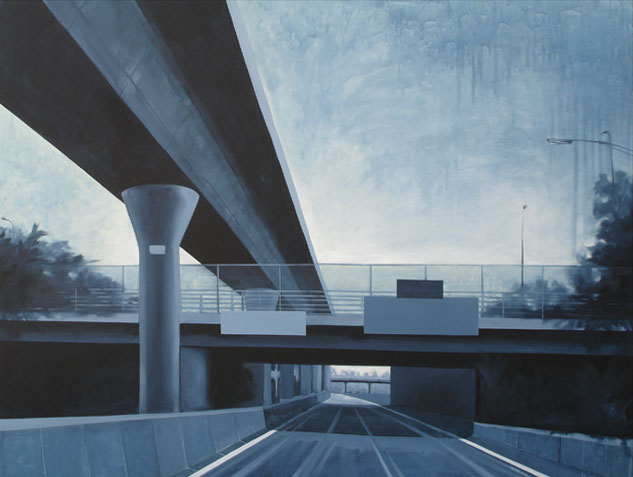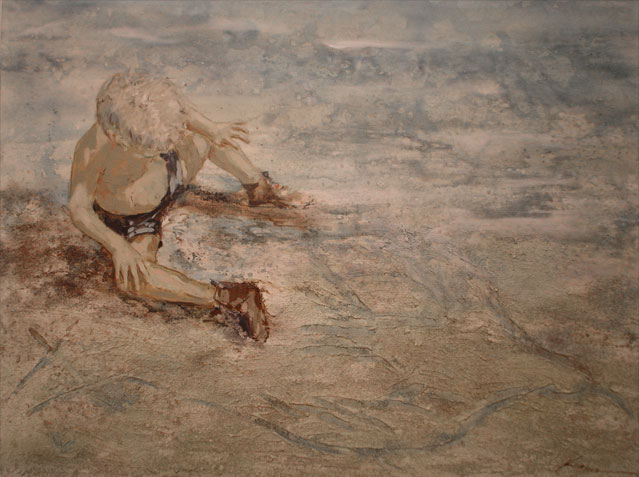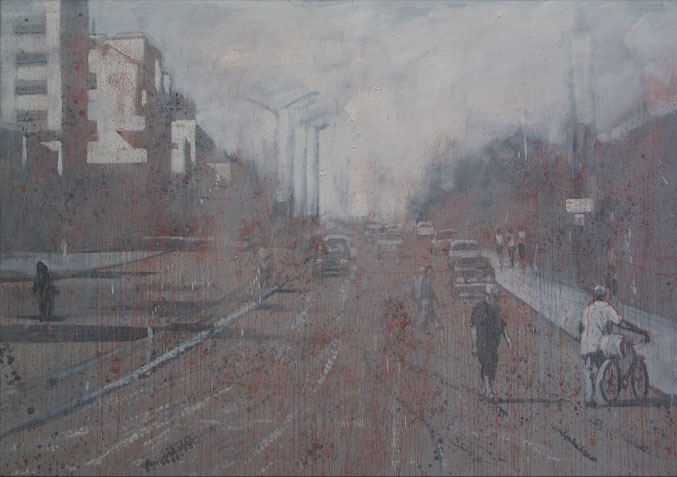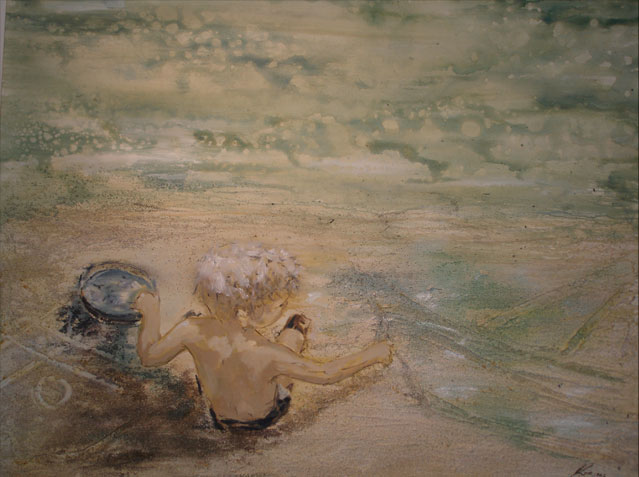In transit
In transit
In the contemporary universe of styles, painting coexists with other means of relative generic novelty, in a creative present deeply involved in multiple searches that imply evading bi-dimensionality and challenging collecting and all art-ruling institutions with a provocative attitude. The accelerated transit of styles, of trends, may be perceived in that urge that fills to overflowing visual arts like an obsession, a concern for fashion, aesthetics and the representative style to be imposed; for a will of modernity as response in the face of the dazzling effect caused by the new and that vertiginous dynamic of the Center. In the end, it deals with the ways in which each event is handled in the different validating centers of art each year, and of its echo in unequal realities and central or peripheral spaces.
The transit may begin by picturing a certain preoccupation or dilemma on the spatial transfer and the way in which an alteration of the physical environment establishes changes of ethical and ontological conditions. These artists do not reject the themes that affect them emotionally, but reduce that dramatic interest as if it were cold, landscape exhibitions, apparently trivial or superficial, of specific situations in which an idea underlies as latent warning. The narration of that grandiloquent or transcendent epic of travels is changed for a state of transit in which certainties are abandoned and the game of referents, appointments, moments, states, times, spaces is presented.
Transit toward a pure art? The periodical relation of concepts and theories that take place in the history of art have been many times mere subterfuges of the artist to impose a certain vision or representation form. Leaving a sum or juxtaposition of styles that go from the aesthetics of the illusion, of realism, of abstraction, of expressionism that is no empty game of elements, although the distancing of the referents toward a greater abstraction of meaning has led us in recent years to question the needs of interpretation. As warned by Baudelaire, we must not let ourselves be betrayed by the idea of a merely formalist concept of art, and in the same way that in the word, in the verb, there is something sacred that protects us from falling into a mere game of chance, in painting, in the different forms and stylist or representational and symbolical handlings, there is something more that artists manipulate in a totally intentional form. In this way they operate wisely with painting, taking prudent distance, like those writers with the language and the word. In constant appropriation of that reservoir of symbols and styles, anticipating their intention to the spectator’s guessing exercise, debating between the given and the hidden, the rational and the improvised, the objectively formulated, in a game of references and that mysticism of sensations, autonomous and independent, with no other role than the endless purpose of being aesthetic.
The idea derives from the form. It is not the plain execution or achievement of a pre-existing idea, as taught in the Academies, as repeated by the classical doctrine and the rationalist pre-eminence of the West, but a thorough investigation that experiments with all that symbolic repertoire, that manipulates conventionalisms as it pleases, that does not separate one thing from the other form and content but conceives them as a whole.
It has certainly been harmful that the lack of roads, of references, contaminated painting with a detrimental reiteration, and that certain learning processes and a narrow field of cultural vision and background have been burdening Cuban painting for years. A well-known effect is the reduction of aesthetic variables with the pretext of quoting or rescuing painting styles and periods, multiplying commonplaces, as well as ignoring valuable painting discoveries, in terms of composition and style, that are being performed today in the world. And in them is the formal experimentation that is liberated in daring gestures, freedom of expression and in the use of color and adding of different references. Also in experimenting concepts why not? In the use of expression resources like humor, parody, the game, and in making new interpretations of dissimilar historical and art sources.
Mabel Llevat Soy
Artworks
